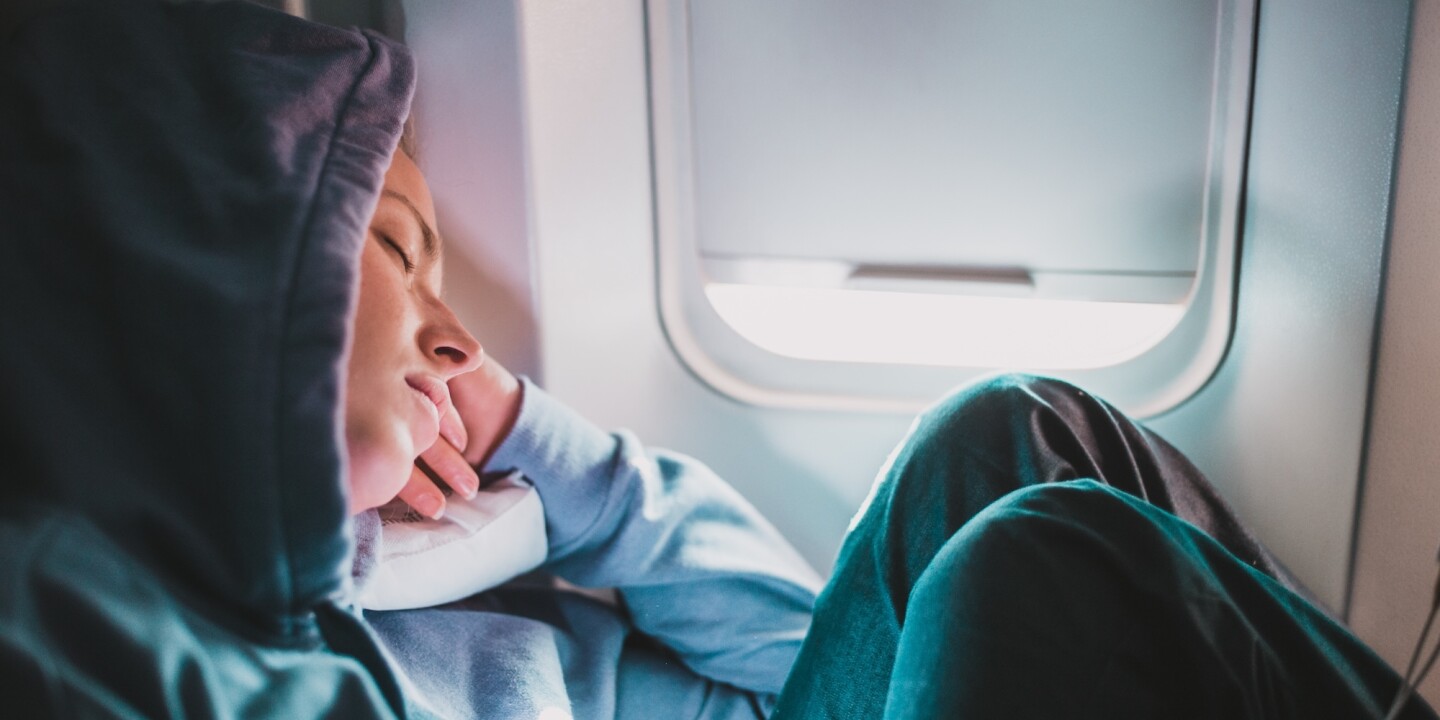He undertook 48 expeditions into the Amazon. Credit: Focus Pix / Shutterstock.com
Sebastião Salgado, the Brazilian photographer who documented some of the greatest contemporary challenges—such as environmental protection, migration and labour—has died aged 81.
His death, which occurred on Friday 23 May in Paris, where he lived, was confirmed by Instituto Terra, the environmental foundation he co-founded with his wife, Lélia Wanick Salgado. According to his family, the cause was leukaemia, a long-term consequence of a bout of malaria he had contracted decades earlier.
Salgado, who elevated photojournalism to an art form and became a master of black and white photography, was due to attend the inauguration of a set of stained-glass windows designed by one of his sons this Saturday in Reims, according to Brazilian newspaper Folha de S. Paulo.
Born in 1944 in the tiny village of Conceição do Capim, in the coffee- and mining-rich state of Minas Gerais, Salgado trained as an economist—an academic background that profoundly shaped his worldview. It led him to focus on the injustices that scar the modern world and to centre his work on the lives of the marginalised.
His final major project was a photographic exploration of the Amazon rainforest, captured in all its splendour to warn the world of its extreme fragility. In many ways, it was a return home after a celebrated international career. His exhibitions, which married aesthetic beauty with deep reflection, travelled the globe. His wife, Lélia, was his closest collaborator—curating his exhibitions and editing monumental books such as Exodus, Genesis and Workers.
Lélia made the final selection of images—a distillation of years of painstaking travel and documentation, from which Salgado would return with thousands upon thousands of photographs. He turned his lens on some of the world’s most overlooked communities: rural labourers, illegal gold miners seeking fortune, Africans wandering arid lands in search of water and hope, and Indigenous peoples across continents.
Over several decades, he undertook 48 expeditions into the Amazon, each time accompanied by a mountain guide. His team also included a translator, anthropologist, and cook. Upon arriving in a village, he would join the locals in their daily routines—hunting, cooking—before hanging a cloth to create an improvised studio in the heart of the forest, asking them to pose.
“The Indigenous peoples of Brazil have never been so threatened, but they’ve also never been so organised,” he said in 2022, during the launch of his Amazônia exhibition in São Paulo. That collection—resulting from seven years of flights and fieldwork in the rainforest—is now on display at Mexico’s Museum of Anthropology.
A late but decisive turn towards photography
Salgado began taking photographs while still working as an economist, using a Leica during business trips across Africa. Captivated by the medium, he soon left his role as secretary of the International Coffee Organisation to become a freelance photographer. A turning point came in 1981, when he witnessed the attempted assassination of US President Ronald Reagan by a man obsessed with actress Jodie Foster. Salgado, then covering Reagan’s first 100 days in office, captured the moment in Washington—images that were published worldwide. With the earnings, he returned to Africa to begin his first independent photographic project.
His work, however, has not escaped controversy
Throughout his career, critics have accused him of profiting from images of people in dire circumstances—those who, in many cases, have limited means to tell their own stories. Cultural critics, including the philosopher Susan Sontag, have accused him of practising a form of cultural extractivism: harvesting suffering from the Global South for the contemplation of the Global North.
Salgado brushed aside such criticisms. “They said I aestheticised misery. Rubbish!” he declared in a 2019 interview. “I photograph my world.” In that same conversation, he explained his lifelong commitment to black and white photography as an effort to avoid letting colours distract from the human subjects of his work.
His choice to portray the world’s dispossessed, he said, was not ideological but autobiographical: “I am a person of the Third World. I know Africa like the lines of my hand—after all, 150 million years ago, Africa and South America were one.”
Yet Salgado was also the son of a white, upper-middle-class cattle rancher in Brazil—a country where the vast majority of people are Black and live with few economic resources. That contrast was not lost on his fiercest critics.
Stay tuned with viraltrendingcontent for the latest news about Europe and the world.













